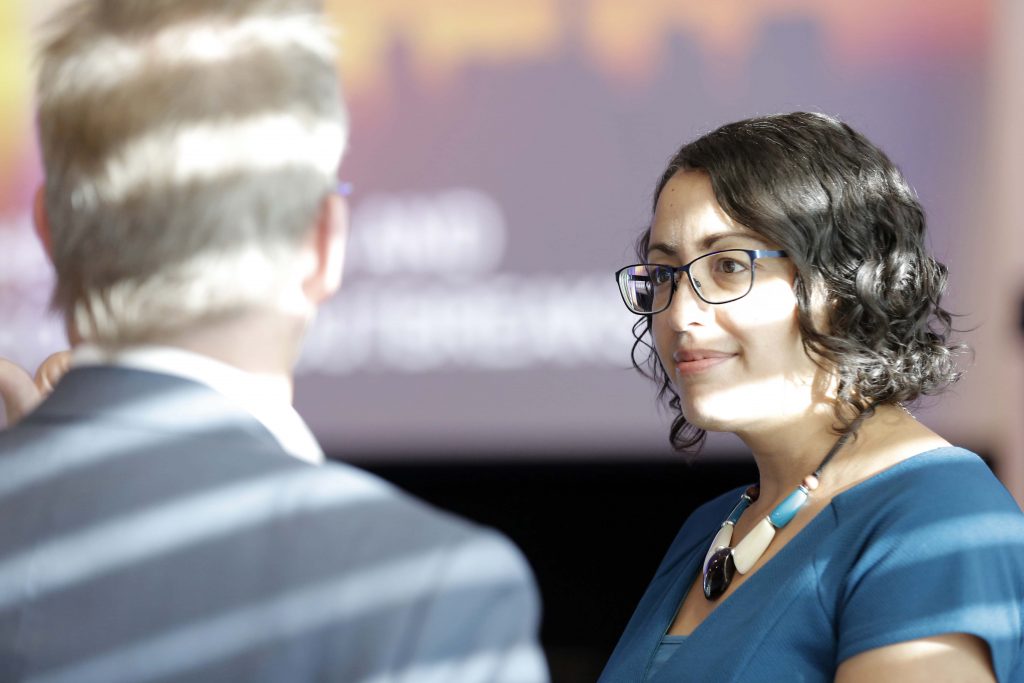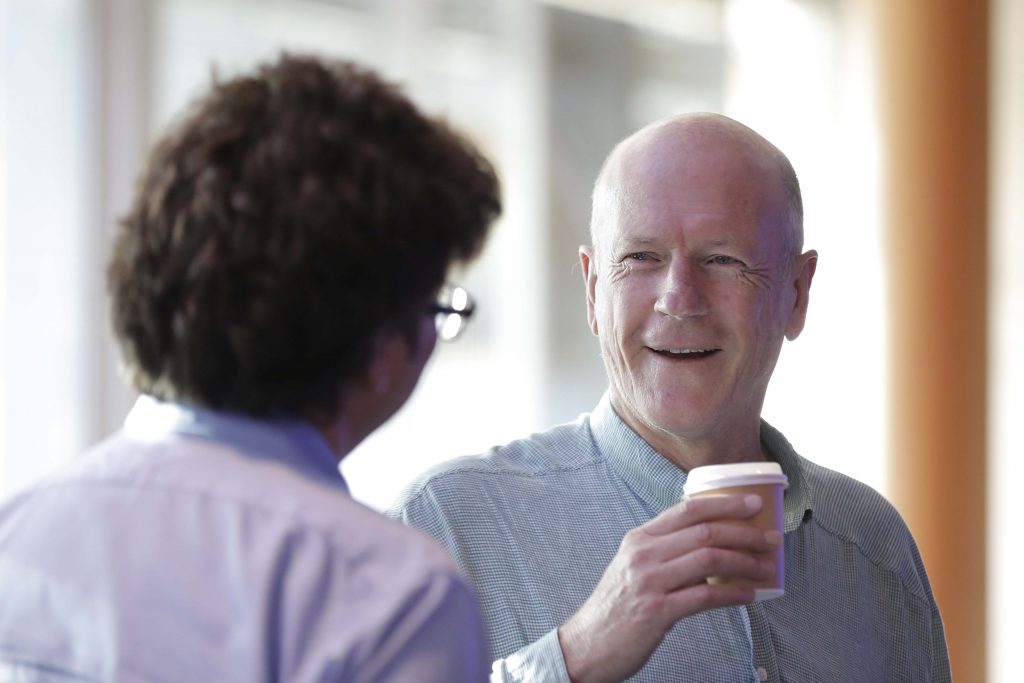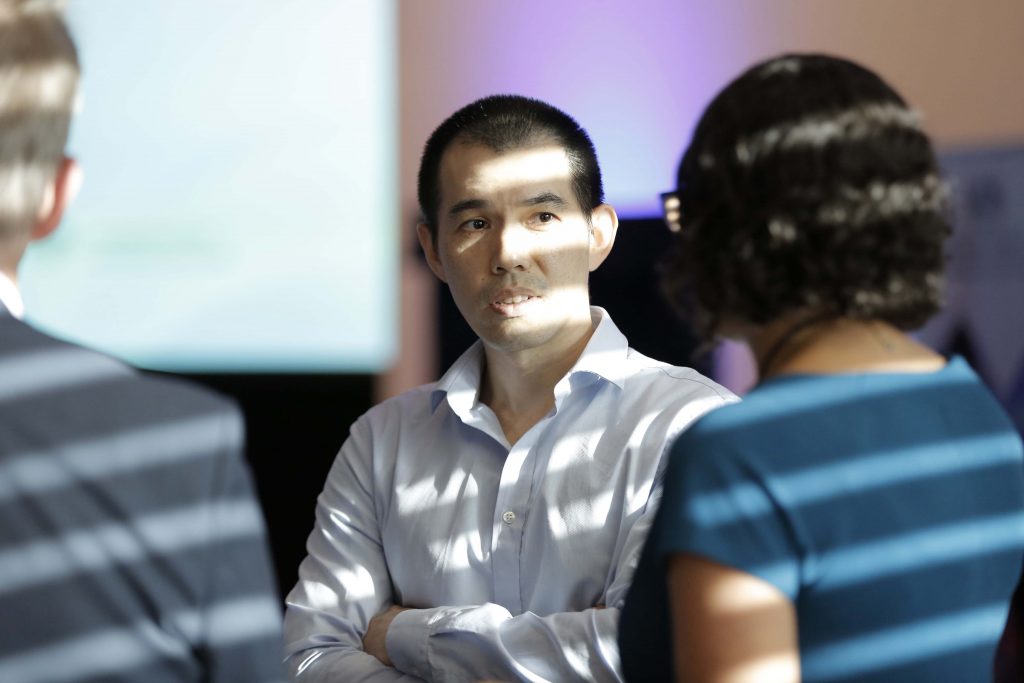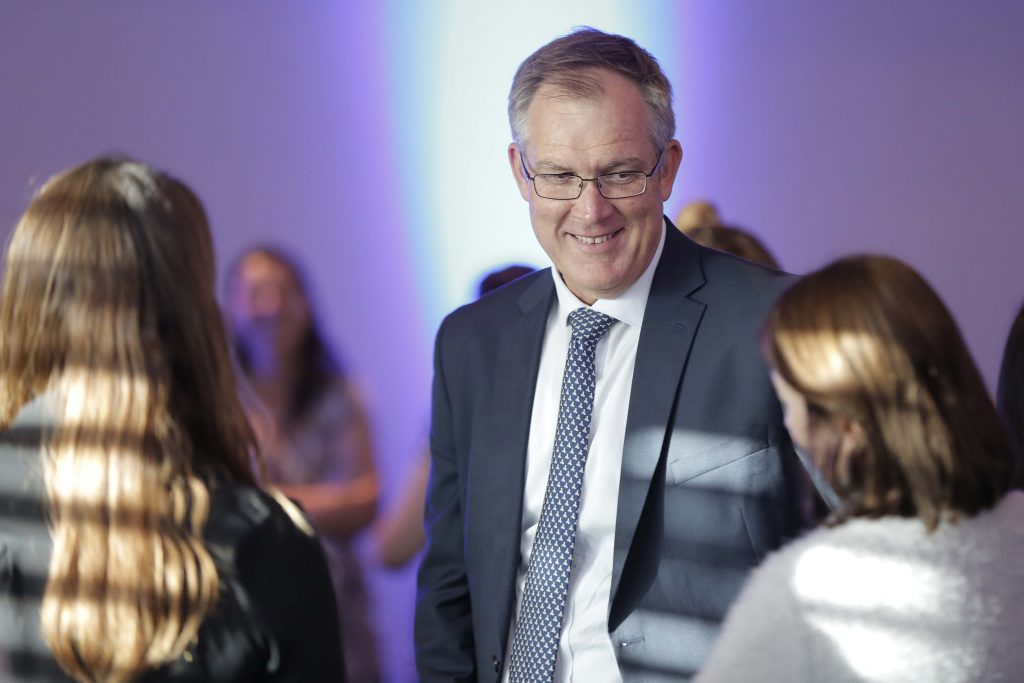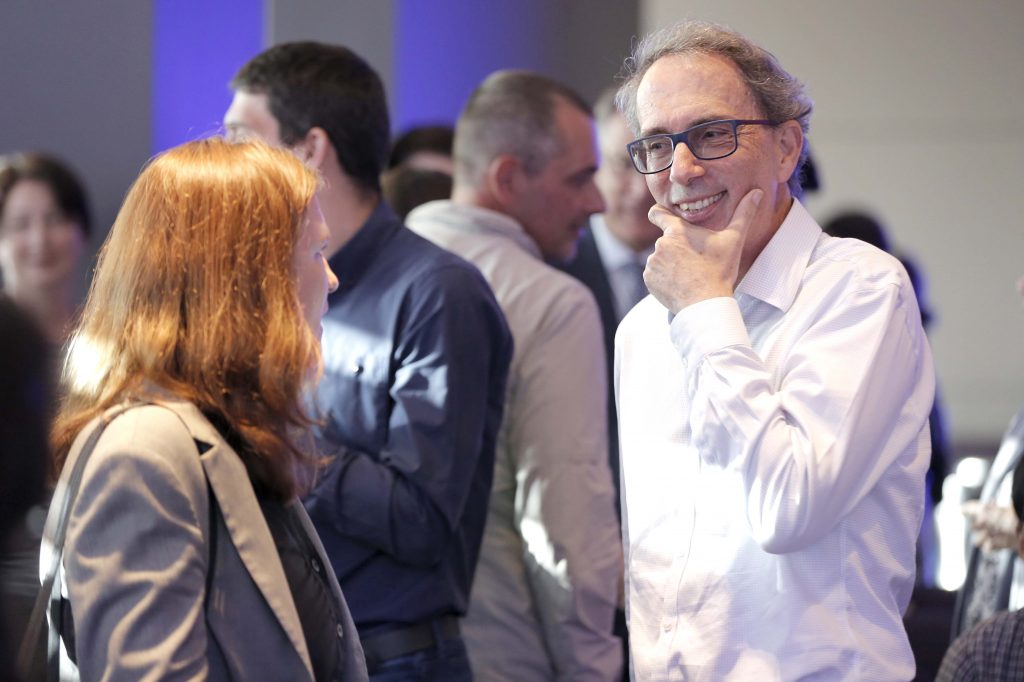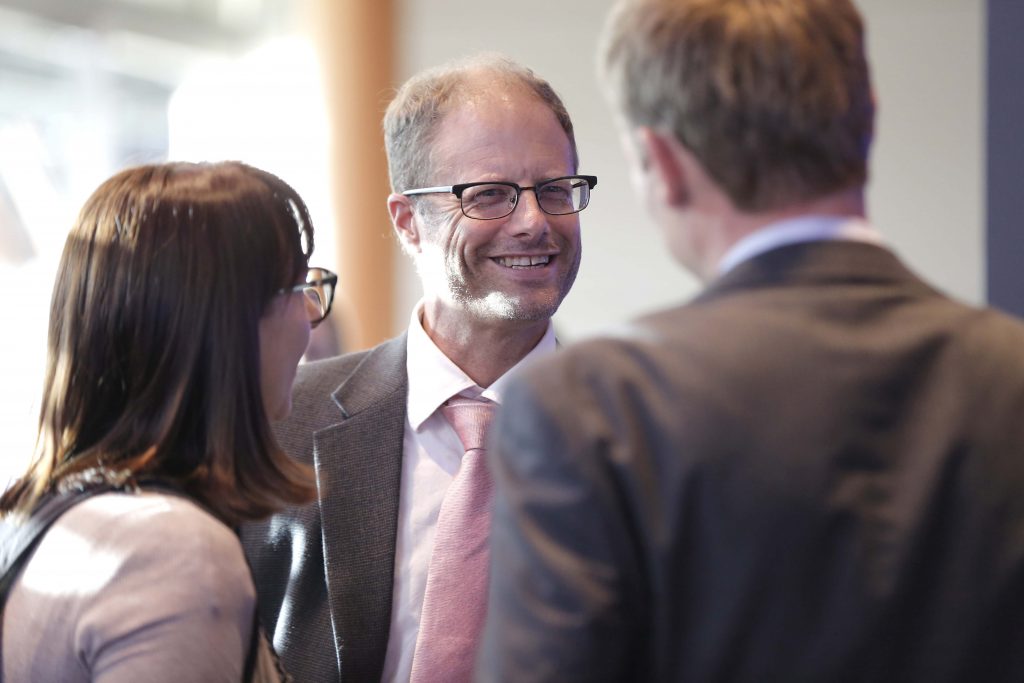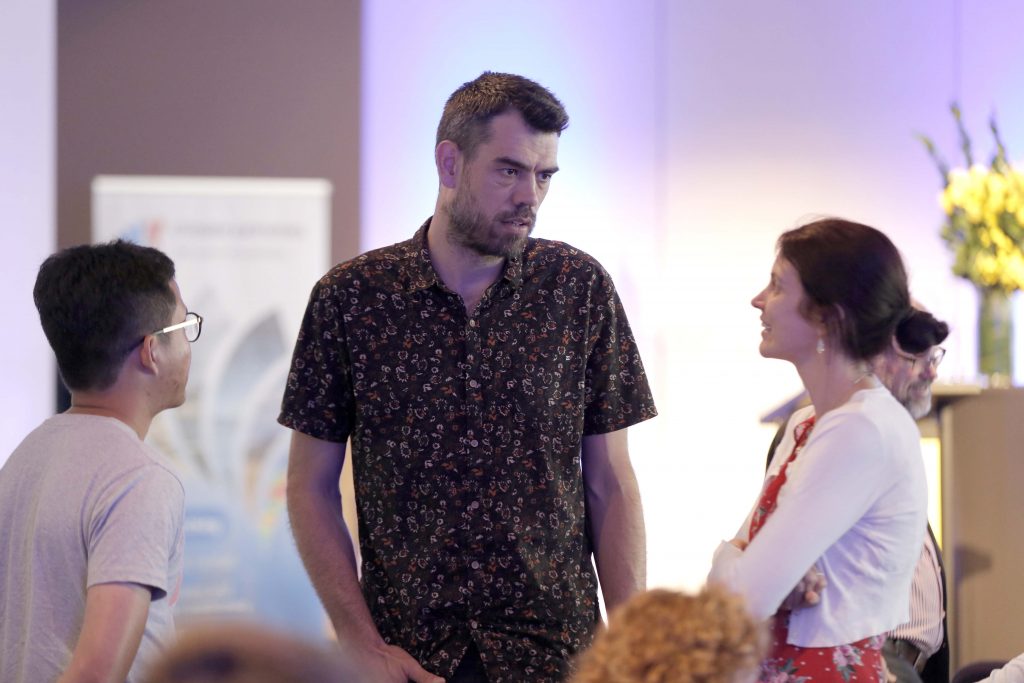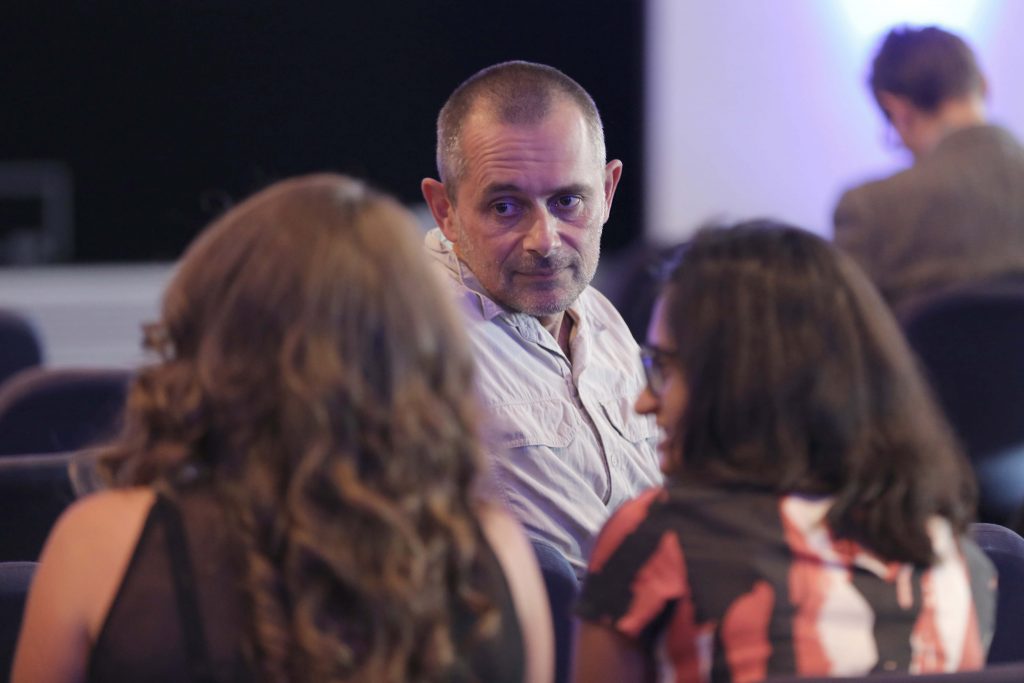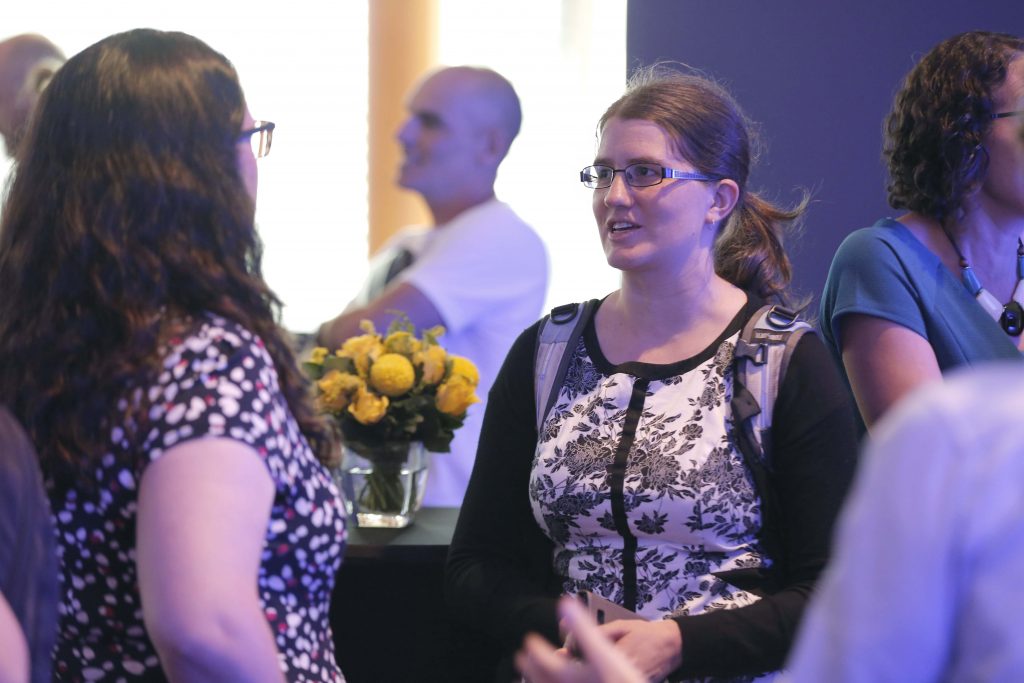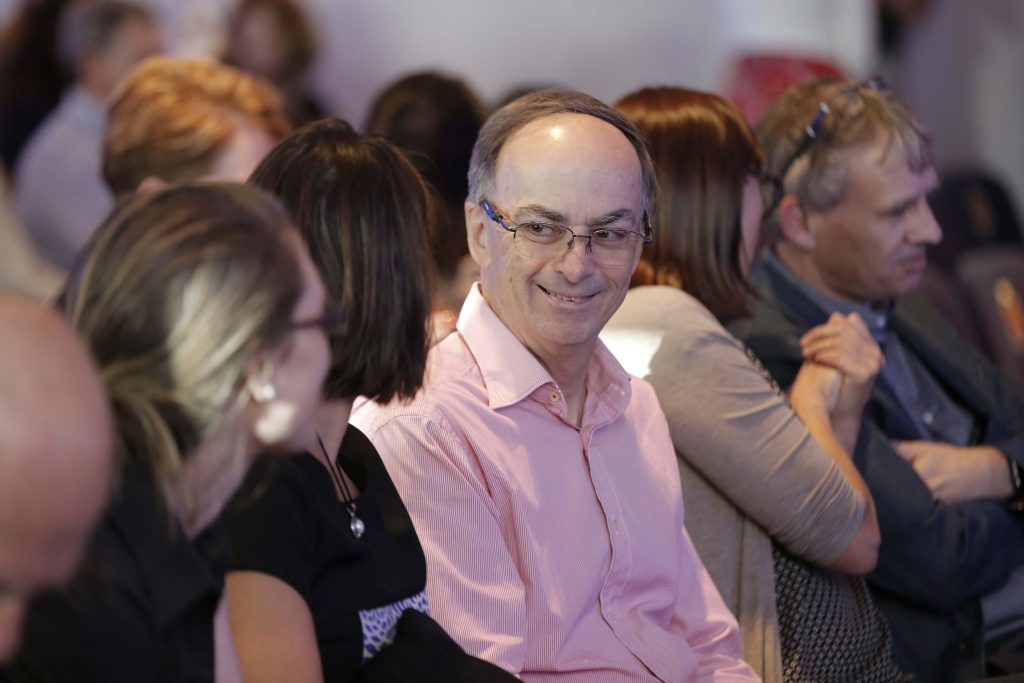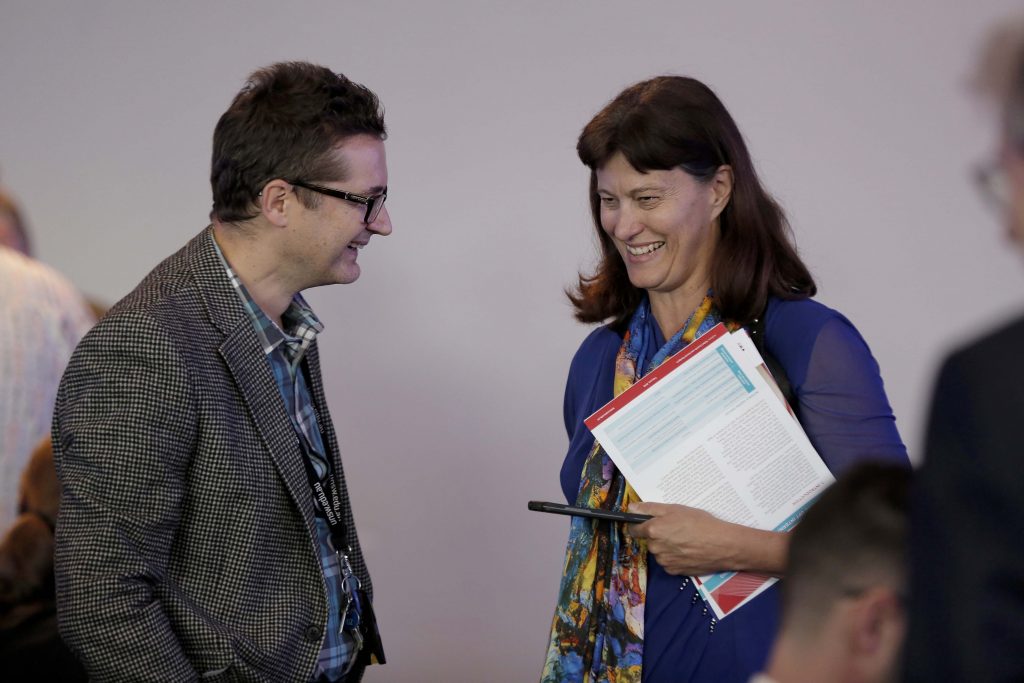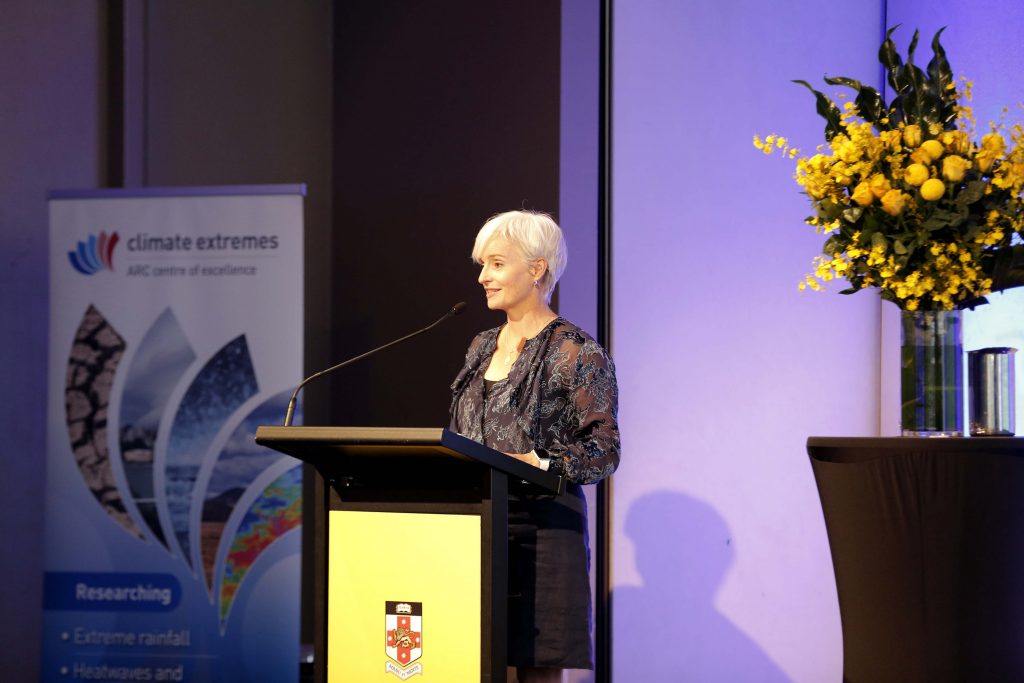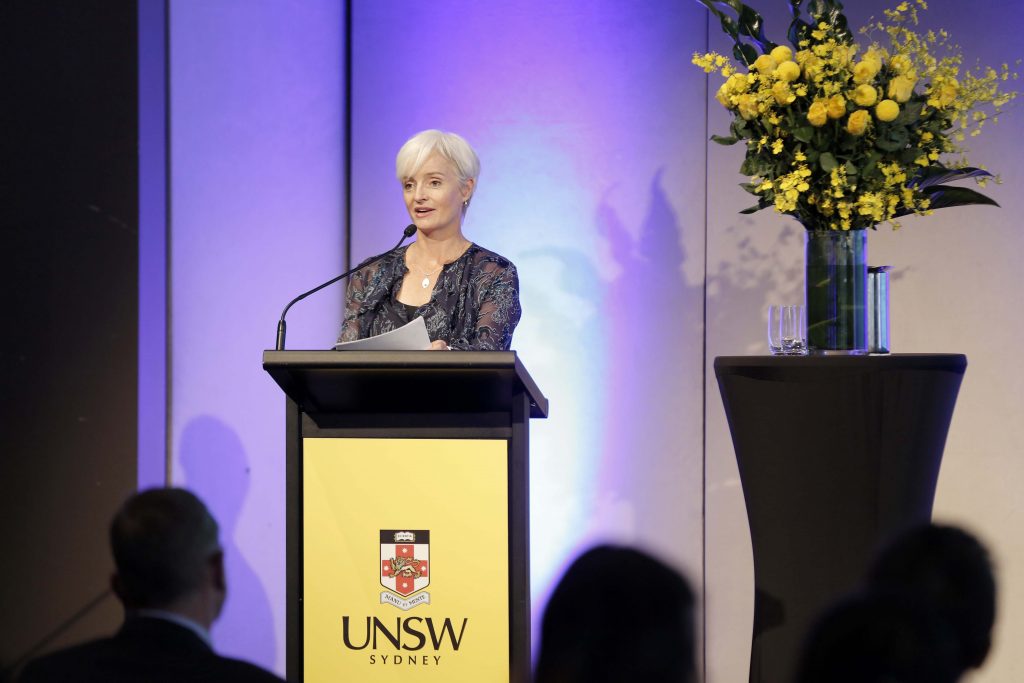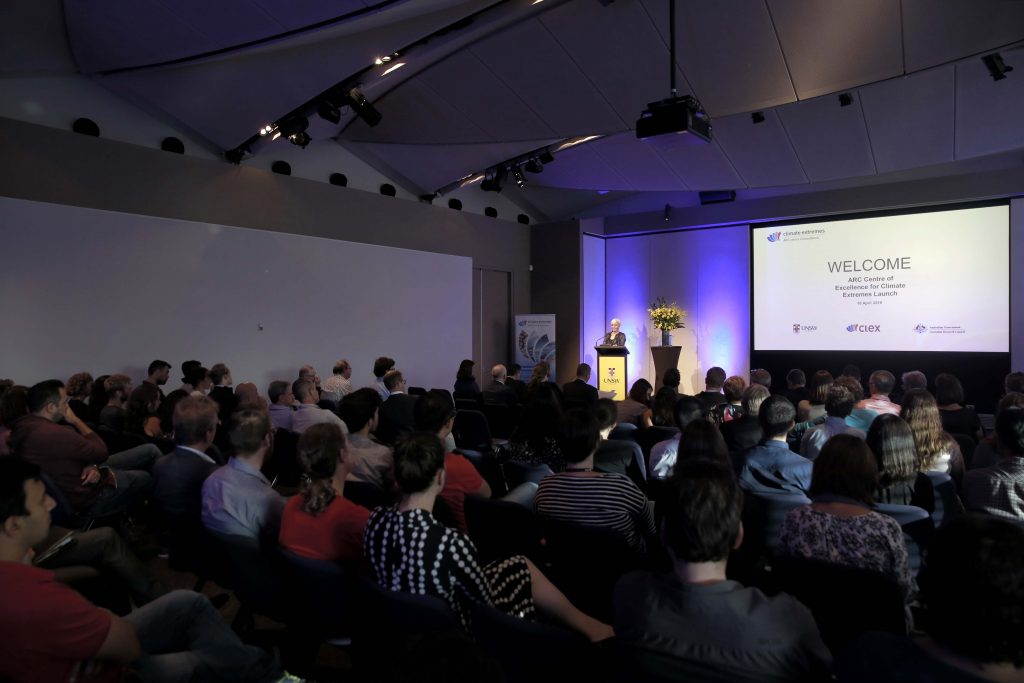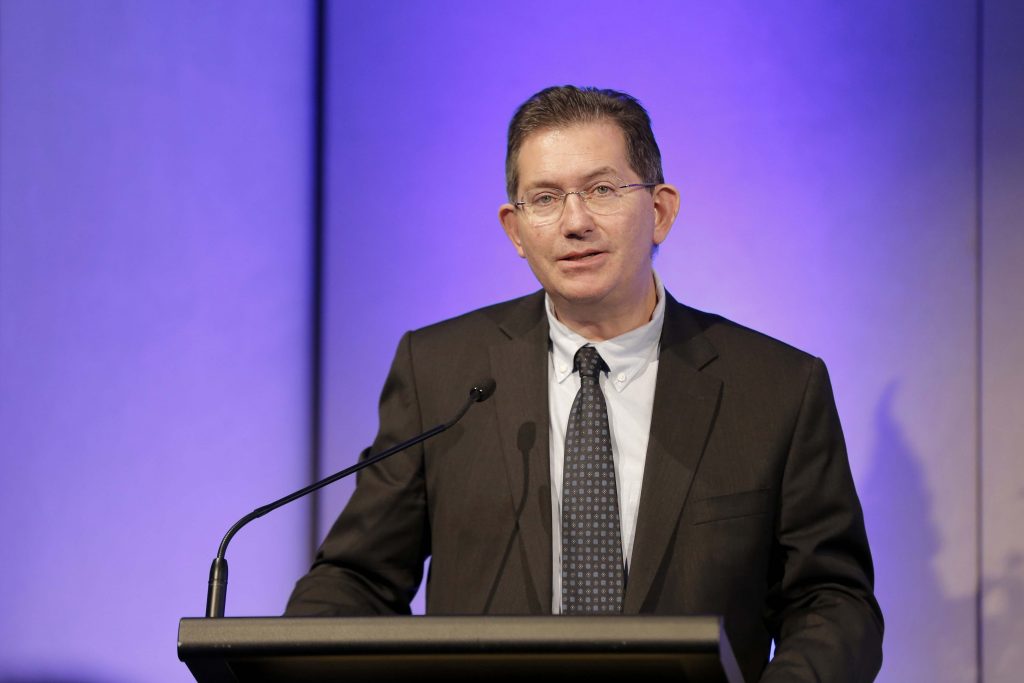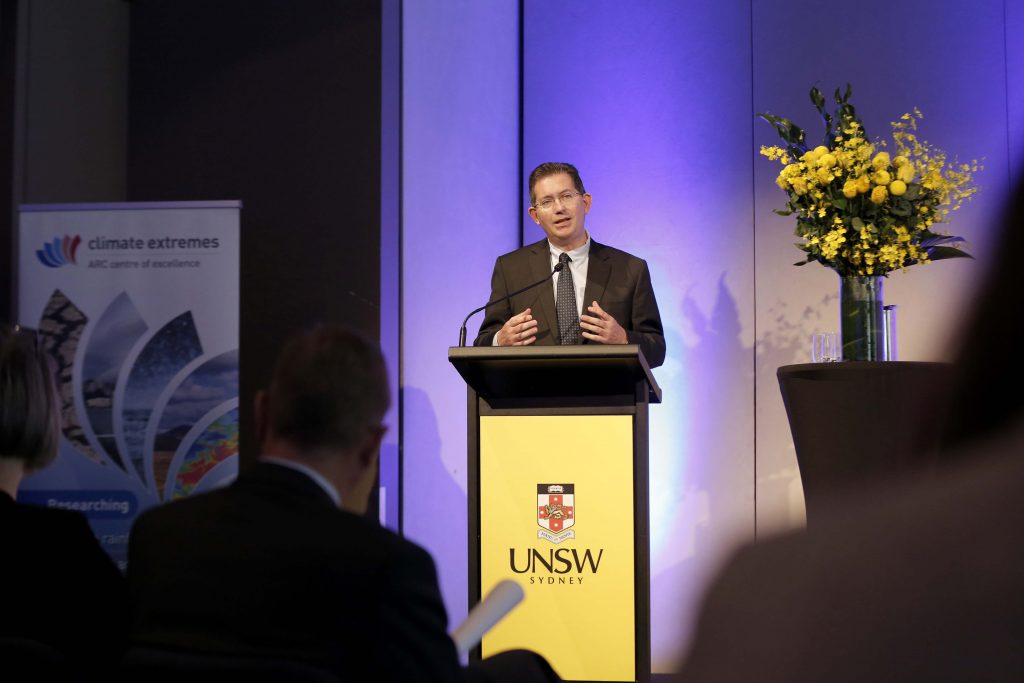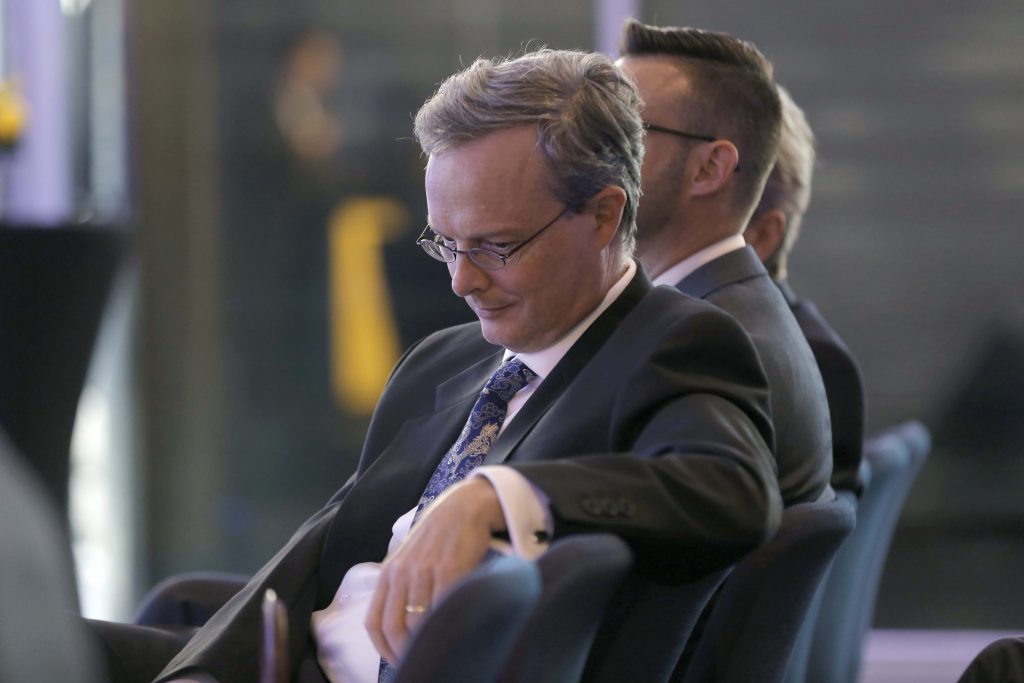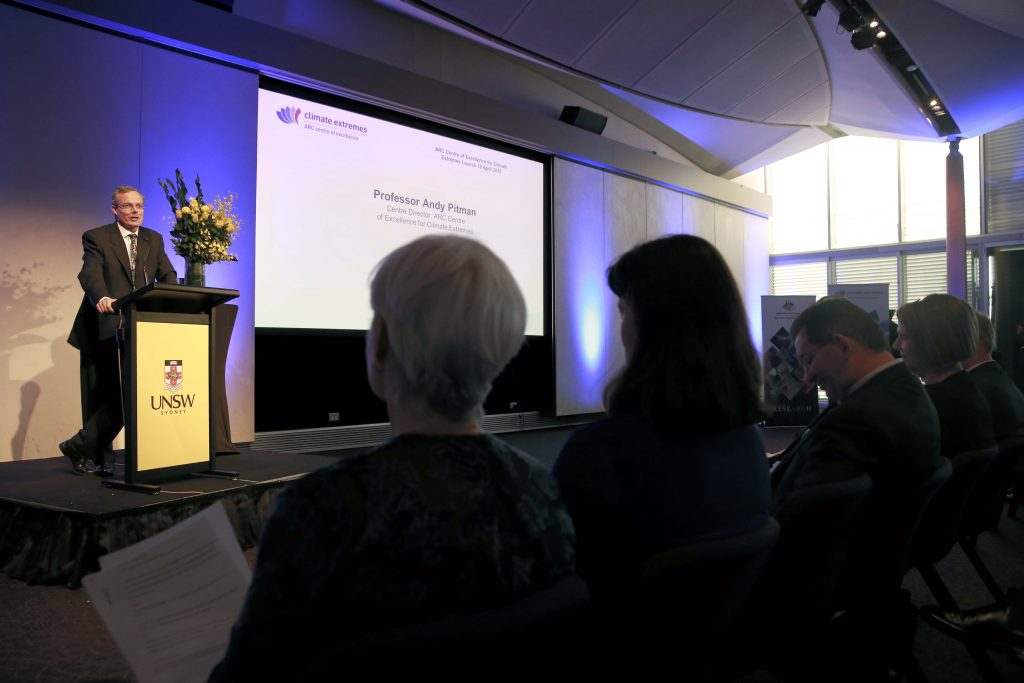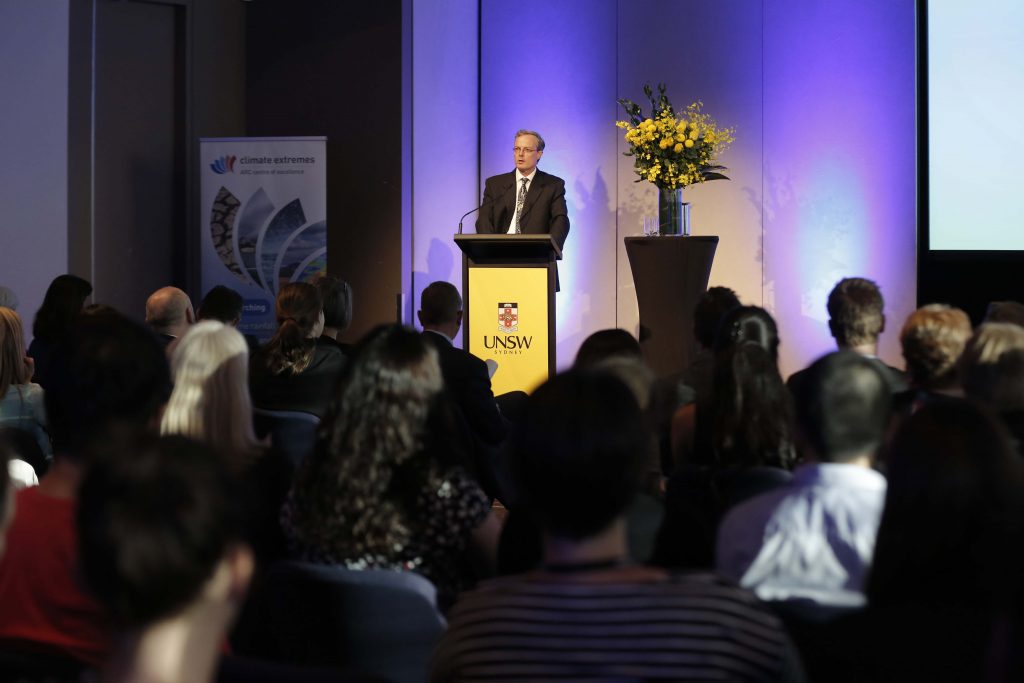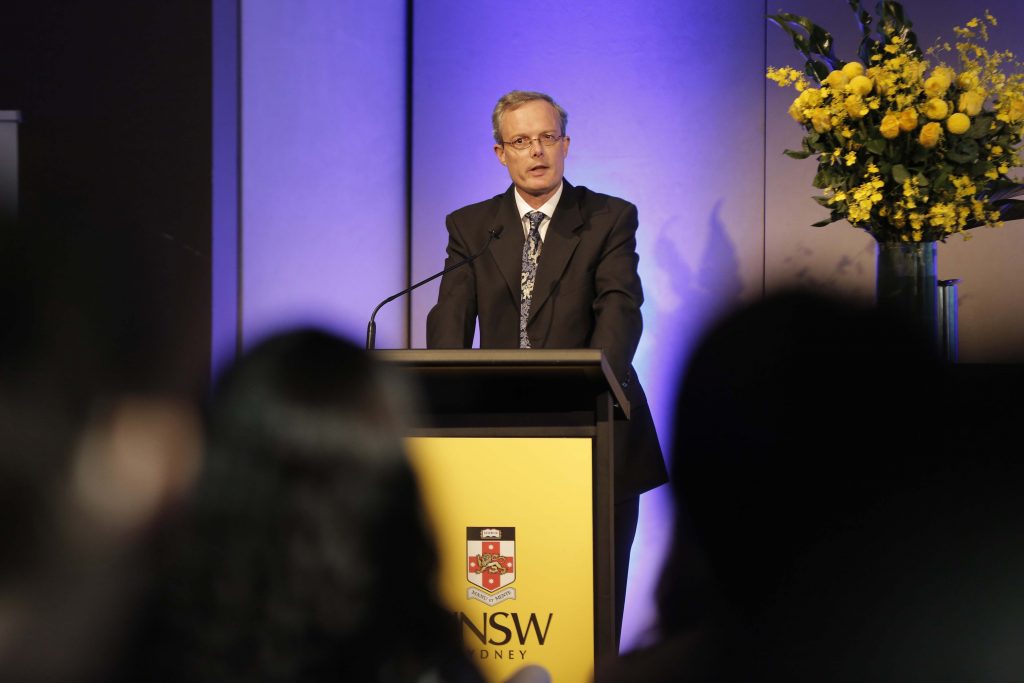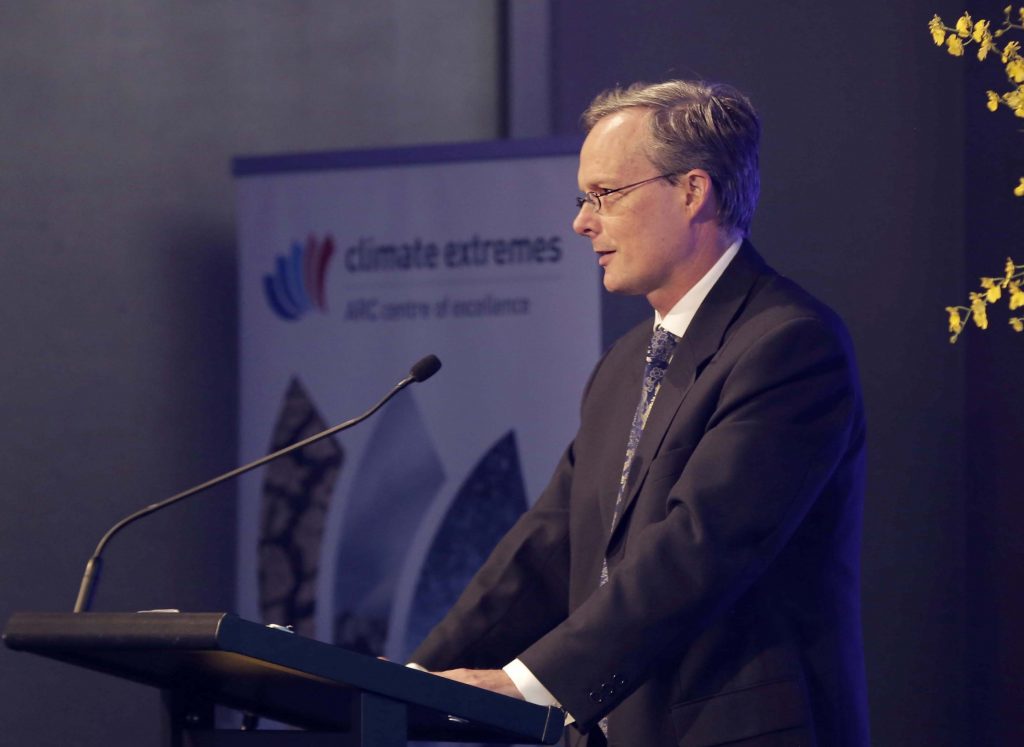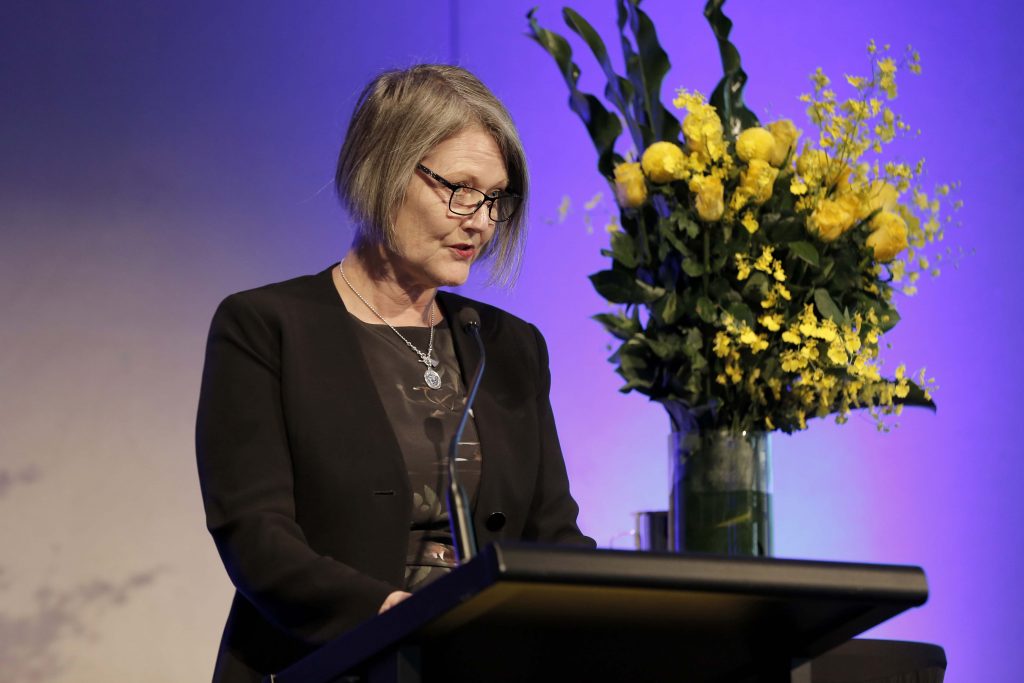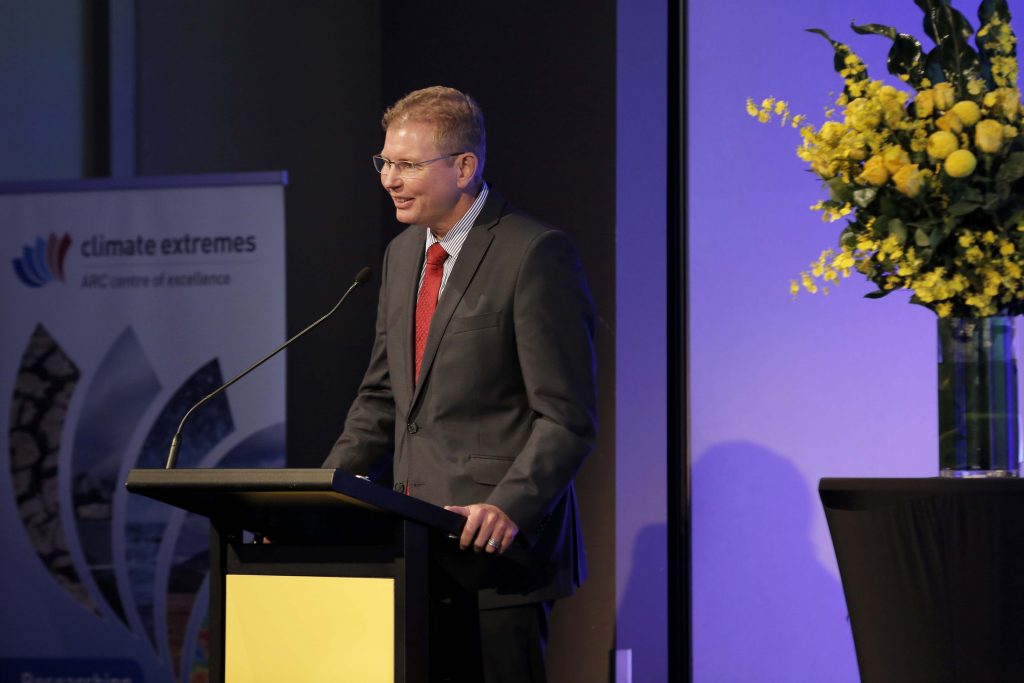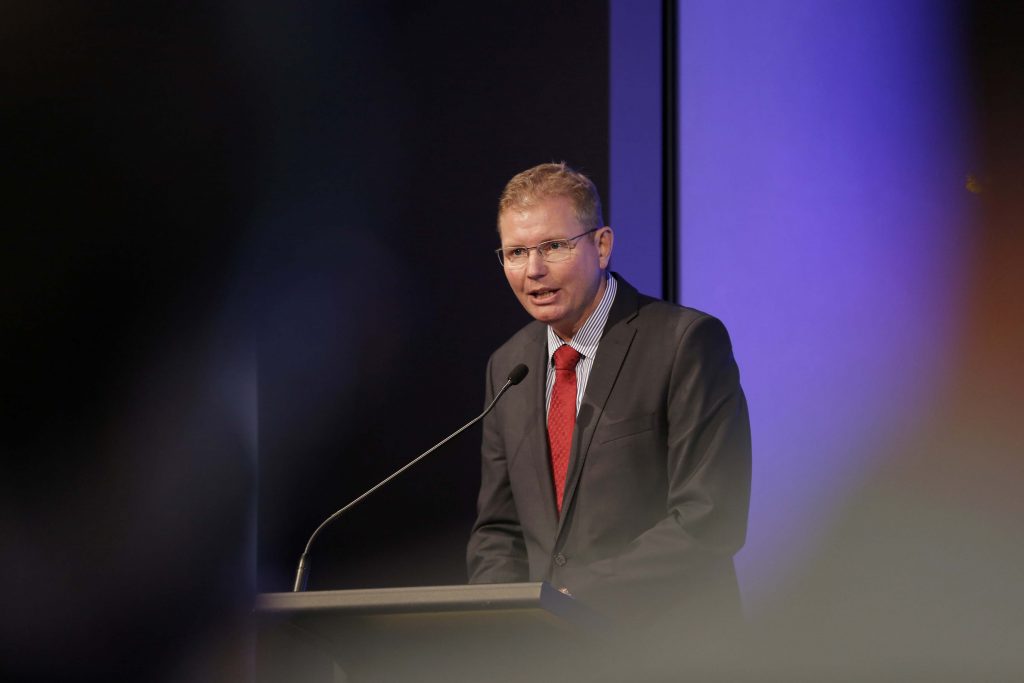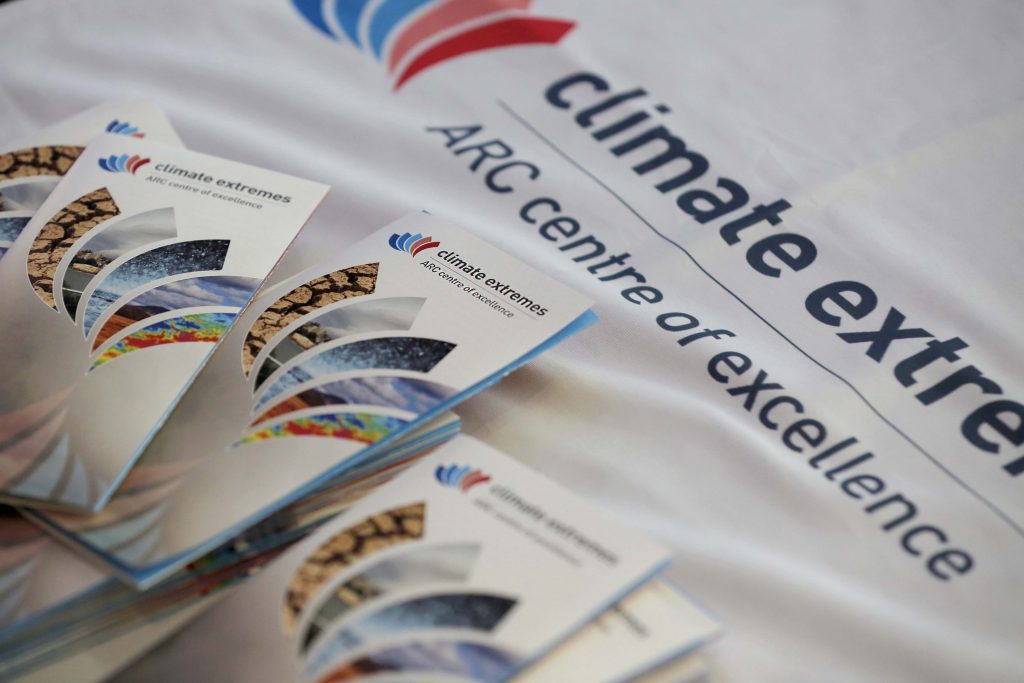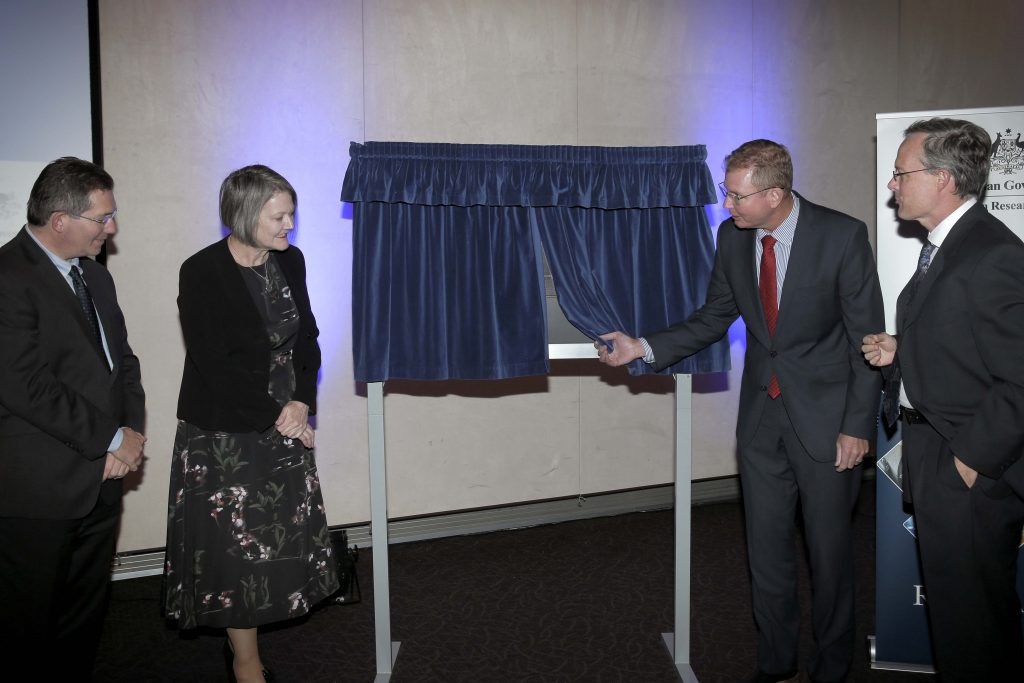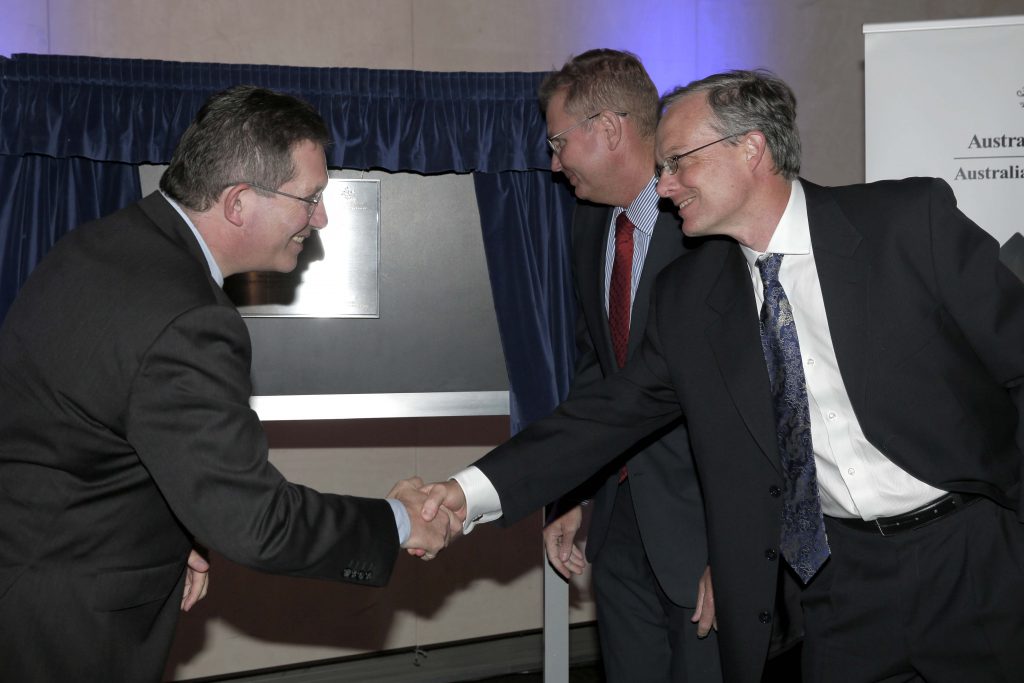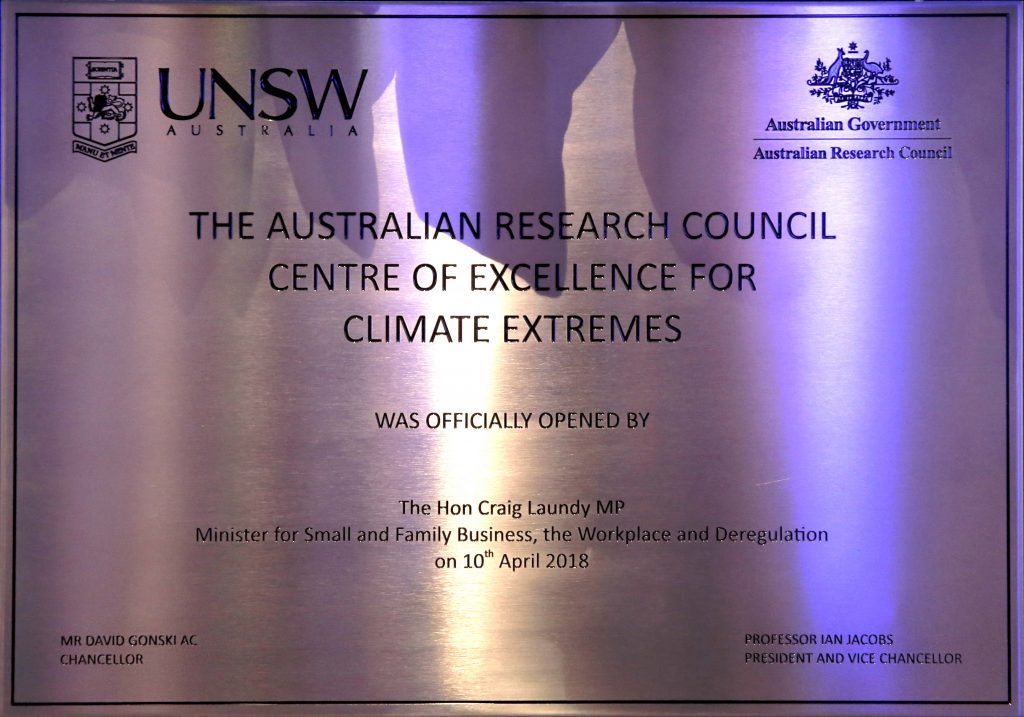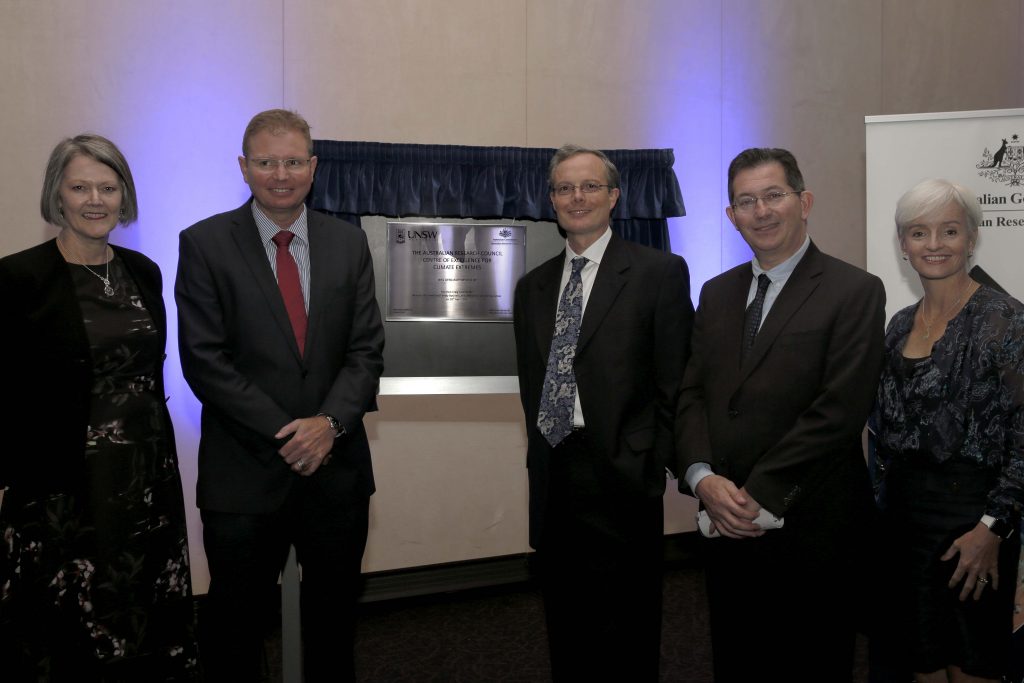The Centre of Excellence for Climate Extremes was officially launched on Tuesday, April 10, at the University of New South Wales (Sydney) by the Minister for Small and Family Business, the Workplace and Deregulation, The Hon. Craig Laundy MP.
Special guests included the CEO of the Australian Research Council, Prof Sue Thomas, University of New South Wales President and Vice Chancellor Prof Ian Jacobs and Director of the Centre of Excellence Prof Andy Pitman. UNSW Dean of Science Prof Emma Johnston was an impressive MC.
As each speech proceeded, it quickly became clear the important place the Centre and its research held in the eyes of the guests.
When MC Emma Johnston welcomed the audience she touched on her background as a marine biologist. She spoke eloquently about how rapidly warming waters off the east coast of Australia had already cost Tasmania some of its kelp forests, which are vital fish habitat.
Prof Ian Jacobs swung the spotlight on the bushfire that tore through Tathra on Sunday, March 18, after an unseasonably hot day and gale force winds propelled the fire front right through the coastal town. Minister Laundy echoed the Vice Chancellor’s comments and went on to note that extreme temperatures were being recorded in South Australia even as he spoke. He further highlighted how between 2002-2010 the government had spent on average $450m a year rebuilding infrastructure after extreme climate events.
“It is vital – apart from the social cost that we see so blatantly spelt out in front of us with something like Tathra – that we invest in the science and understanding [of climate extremes], so we as a government can be better prepared for our side of the equation,” Mr Laundy said.
Amongst the seriousness of the Centre’s mission, the Minister also injected some lighter moments. At one point he advised students to perhaps consider a parliamentary career after they had solved the world’s most pressing problems. He noted the special privileges of being an alumnus of the University and a Federal Minister who brought “truckloads of cash”, saying “they actually let you park your ute straight out the front door”.
When Australian Research Council CEO Prof Sue Thomas spoke she praised the leadership of the Centre, saying it would not only address the challenges of climate extremes but that it would also “underpin Australia’s future in climate science by training the next generation of researchers”.
Centre Director Prof Andy Pitman pointed to the Centre’s Graduate Program as part of that approach and promised a keen focus on big problems, saying the Centre would “get down and dirty with the physics, the ecology, the mathematics and the computer science that will help us understand climate extremes and improve their prediction”.
He also acknowledged the challenges around the exascale computing needed by the Centre and the volumes of data that would have to be managed.
Finally, Prof Pitman made the point that the success of getting funding for the Centre was not an end but just the beginning.
“It’s a long road ahead,” he said. “We are going to confront challenges, and I am sure we are going to experience disappointments, but I am full of confidence we will meet our goals in improving the prediction of climate extremes to the benefit of Australia’s people, economy and environment.”
